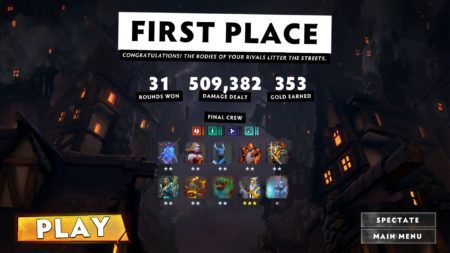Want to climb the ladder in Dota Underlords? Here’s everything you need to know to go from Upstart to being a Big Boss of bosses.
Valve’s take on the Auto Battler genre has seen massive growth, with over 200,000 concurrent players as of last count. One key advantage it has compared to the other Auto Chess games in the market is that it is playable on both PC and mobile — and you can swap between platforms even mid-game.
So what are Auto Battlers? Basically, it’s a strategy game that requires players to draft units from a finite public pool. Put your units onto the battlefield, and watch them duke it out against other players’ units.
Each player starts with 100 health, and takes damage whenever they lose a combat round. Units can also be upgraded by having multiple copies, and different combinations of units give you their respective bonuses too.
Auto Battlers have become so popular because they’re easy to pick up, but hard to master, with enough depth to allow for a variety of high-level strategies.
If you’ve already played a few games of Underlords and find yourself struggling — it’s not just bad luck — this guide is here to help you up your game to score those wins. And if you’re still thinking about starting, this guide should help you get started on the right foot.
Heroes and Alliances
There are a grand total of 60 heroes in the game currently, and the first thing you should do is learn about alliances and their purpose in the game.
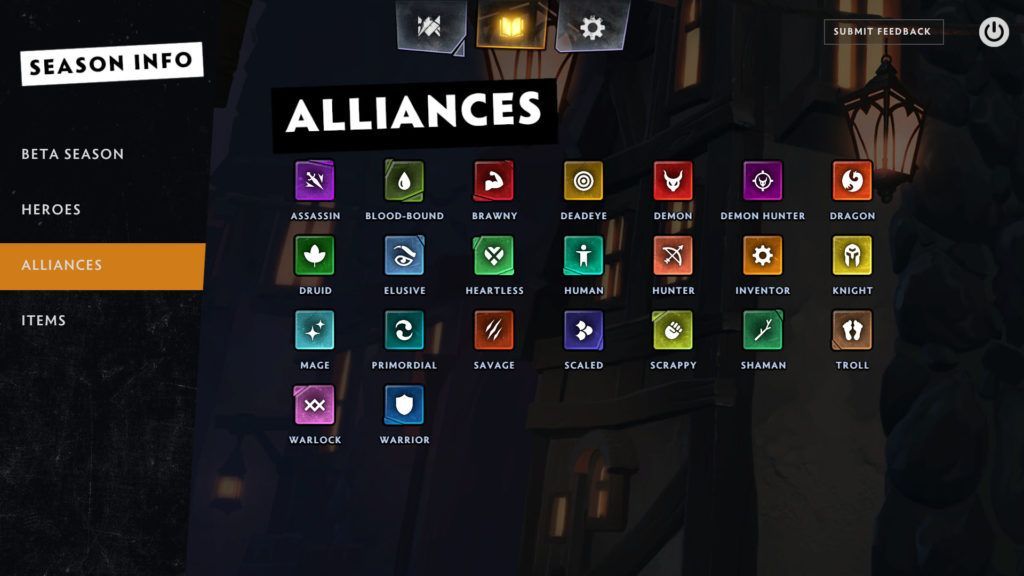
Screenshot by Samuel Chan/ONE Esports
For the purpose of this guide, I will be breaking down the alliances into two categories: Primary and secondary alliances.
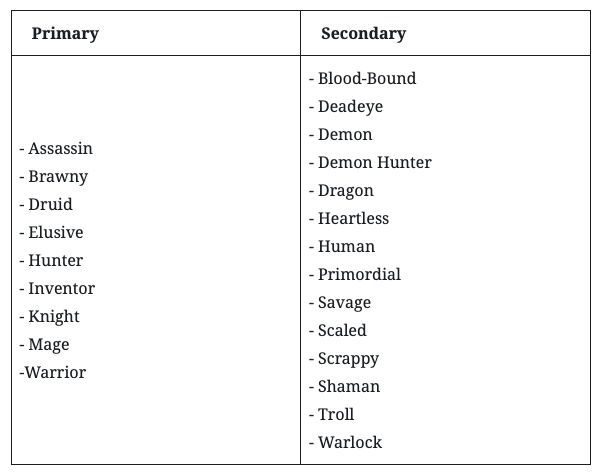
So why primary and secondary alliances? In Underlords, there’s limited space on the battlefield — you can have a max of ten units — so there are only so many alliances you can fit into your lineup each game.
Primary alliances are what I would consider the backbone of your lineup, so you should always have the mindset of completing a primary alliance before considering having a secondary alliance to help bolster the strength of your army.
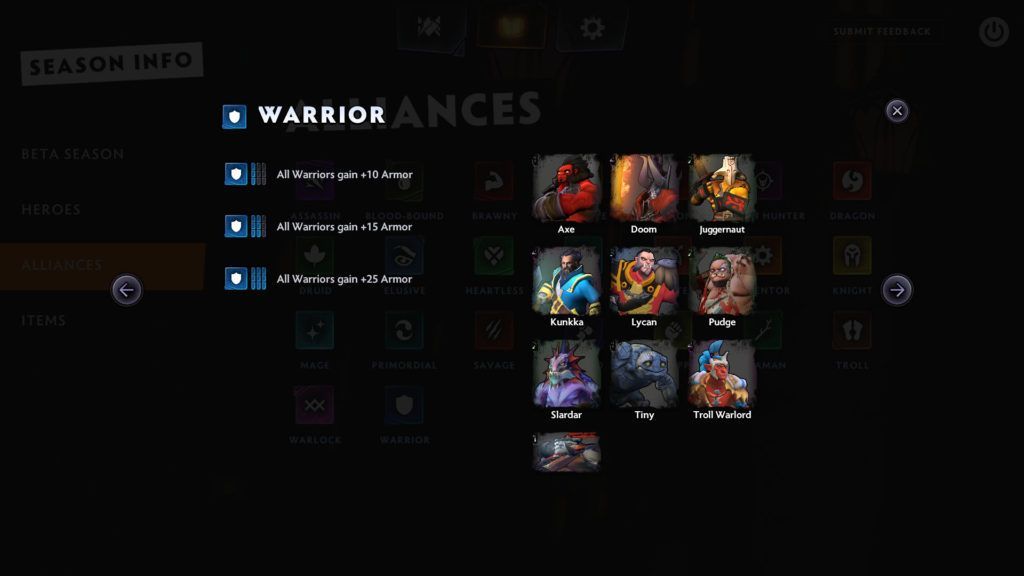
Screenshot by Samuel Chan/ONE Esports
Once you understand the concept behind the primary and secondary alliances, the next step is to recognize the alliances that will help you stay alive, and the alliances that will help you deal damage.
Just like you would in a normal game of Dota 2, it is important to strike a balance between the two. Too many durable heroes and you end up not being able to close out your combat rounds, too many damage dealers and your lineup will not even live to deal the damage.

The trick here is to pair up alliances in order to have a solid lineup. For example, if you are building towards Warriors, which is a primary-defensive alliance, you want to pair it with an offensive-secondary alliance, which could be Trolls.

Screenshot by Samuel Chan/ONE Esports
As for the stars above the heroes? Those refer to the current level of the hero. When you purchase a hero, it starts off as a one-star hero. When you manage to purchase three of the same hero, it levels up to a two-star hero. And three of the same three-star hero will give you a three-star hero. Leveled-up heroes will have higher Health Points, damage and improved abilities.
Items
Now that we’ve gone through the heroes and alliances, the next aspect you need to know about are items.

Screenshot by Samuel Chan/ONE Esports
Items are classified into global, offensive, defensive, and support tiers. Global items are mostly alliance-related, which means as the game progresses, you should pick up the global item related to the alliance you are building towards.
As for the other items, each hero you have on the battlefield is able to wield one item. Do note that global items do not have to be equipped, and take effect for the remainder of the game once you have picked them up.
Here’s how you can pick up items:

Screenshot by Samuel Chan/ONE Esports
On the first three rounds, you will be facing creeps which are controlled by the AI. Subsequently, from round 10 onwards, you will also have PVE rounds on any round that is a multiple of five (e.g. 10, 15, 20).
These are what we know as loot rounds, where you will be offered choices of items after the round. Basically, you should be equipping your offense heroes with offensive items, and defense heroes with defensive items. If you’re having trouble figuring out which items are good, here’s a visual guide by Sean “swim” Huguenard, an Underlords streamer under the Evil Geniuses banner.
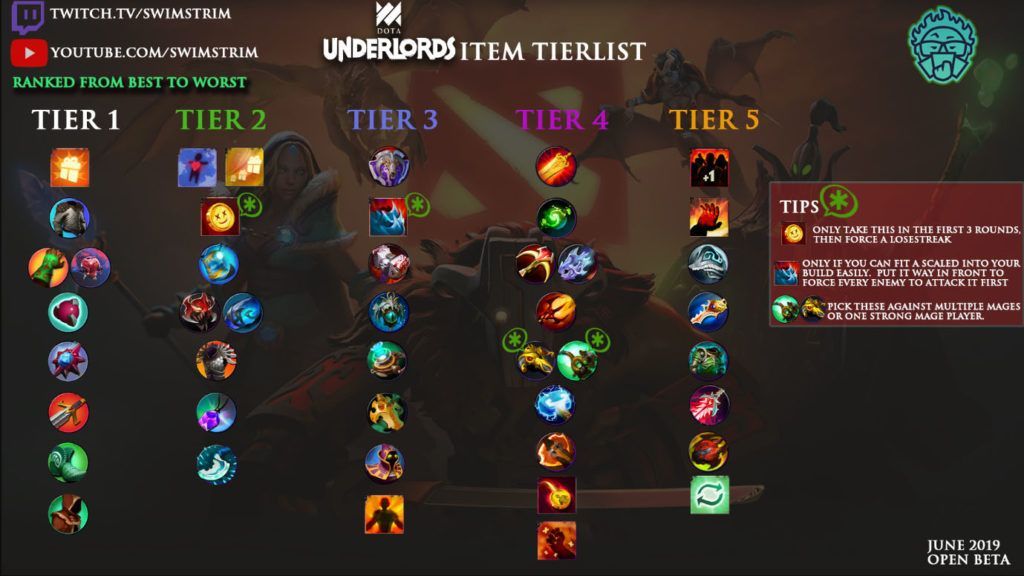
Economy
Just like in the real world, money makes the world go round in Underlords. With good economy management, you could be losing really hard at the beginning of the game but still be able to mount a comeback to take first place at the end.
With the exception of the first four rounds, you gain a base of five gold each round, with an additional one gold if you win the round. Winning or losing streaks also give you bonus gold of up to three per round.
Additionally, every multiple of 10 gold grants you interest, capped at five gold per round. This means that when you have 20 gold, you gain two gold interest and so on, with the maximum interest gained at 50 gold.
Also, your current gold is snapshotted after the end of the preparation phase, so make sure you only purchase the heroes you need after the combat phase has started to prevent any loss of interest.
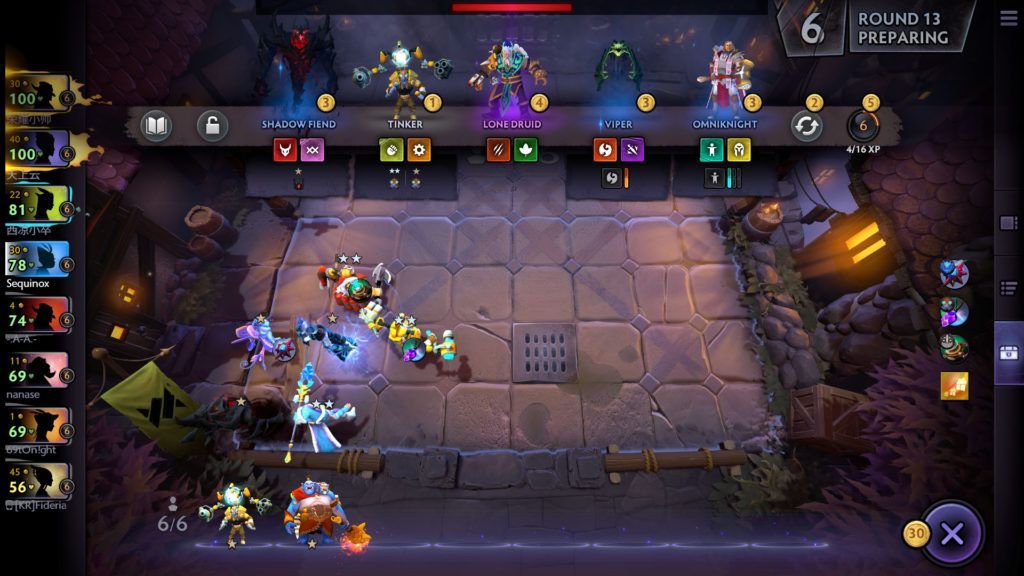
Screenshot by Samuel Chan/ONE Esports
Gold is used in the game to purchase heroes, to purchase experience for leveling up or to re-roll for new heroes.
Leveling up gives you the ability to put more heroes on the battlefield, for example, if you are at level six you will be able to put six heroes into the battlefield. Five gold allows you to buy four experience points, while re-rolling for a new set of heroes to purchase costs you two gold.
The key is to reach 50 gold in the earliest time possible, so that you can maximize interest and leverage on the extra gold gained to level up or look for heroes necessary for your composition. Of course, do not be afraid to purchase heroes early on, as you can sell them for a similar value to achieve your interest break points when necessary.
Having more choices on your bench ensures that you are not limited to certain alliances, and you can always make switches according to the heroes that are offered to you.
Some players might panic when they fall low on health points, but always remember that health is a resource that can be used to gather more gold — losing streak bonuses give you bonus gold as well. Therefore, try not to roll at all during the early stages of the game.
Having said that, do take note that there are break points for leveling. You almost always spend gold to level up on round five, round nine, round 17 and round 21 for the extra hero slots on your battlefield, with the caveat that you must be level eight by round 21.
This stage of the game is when players are starting to roll for crucial heroes, and you ideally want to hit level eight before you begin re-rolling so that your chance of hitting Tier four heroes are higher.
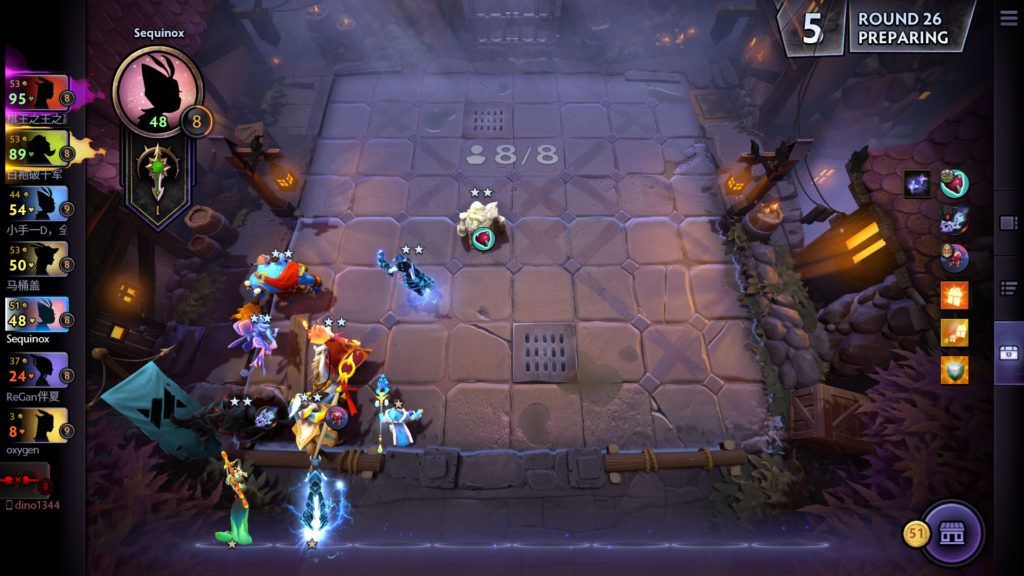
Screenshot by Samuel Chan/ONE Esports
Saving up for a rainy day is also a good strategy, when you are about to be eliminated from the game, say around 20 health, it’s time to go all-in for a power-spike to stay alive or win the game.
Use your gold to level up and start re-rolling to upgrade crucial pieces of your lineup. To make it easier for your decision to level up or re-roll, here is a helpful graph describing the percentages of a certain tier of heroes appearing in your re-roll at each level:
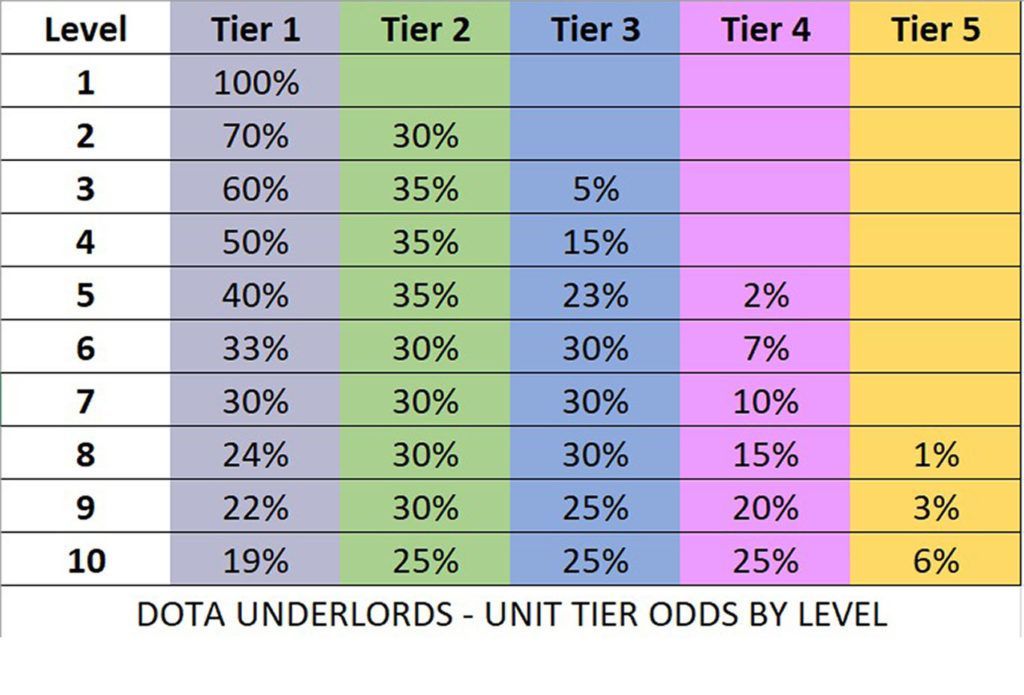
For example, if you are currently at level eight and need to look for Kunkka, who is a Tier four hero, in order to hit your power spike of six Warriors. It is then recommended for you to level up before re-rolling so that the odds of Kunkka appearing are higher.
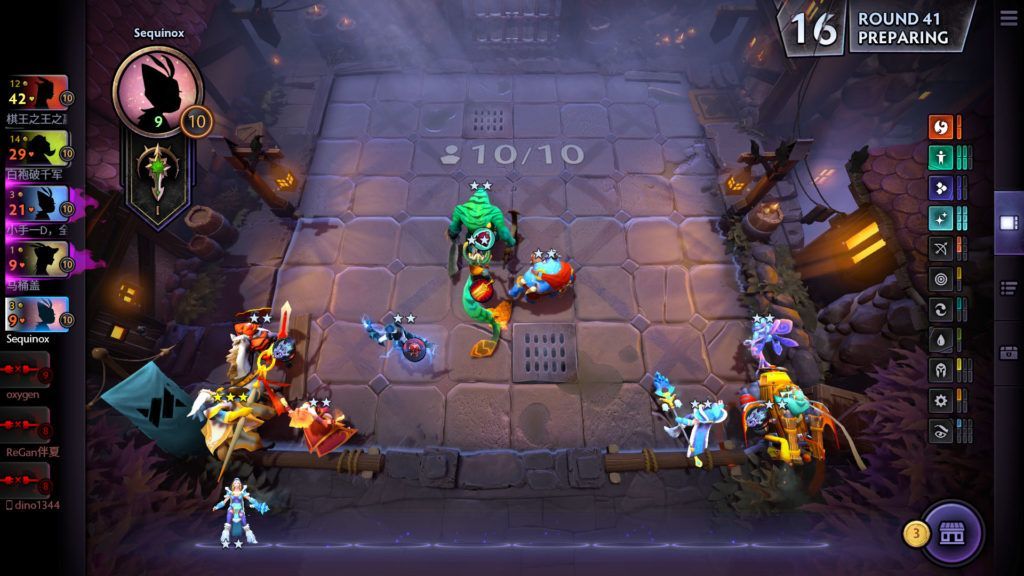
Screenshot by Samuel Chan/ONE Esports
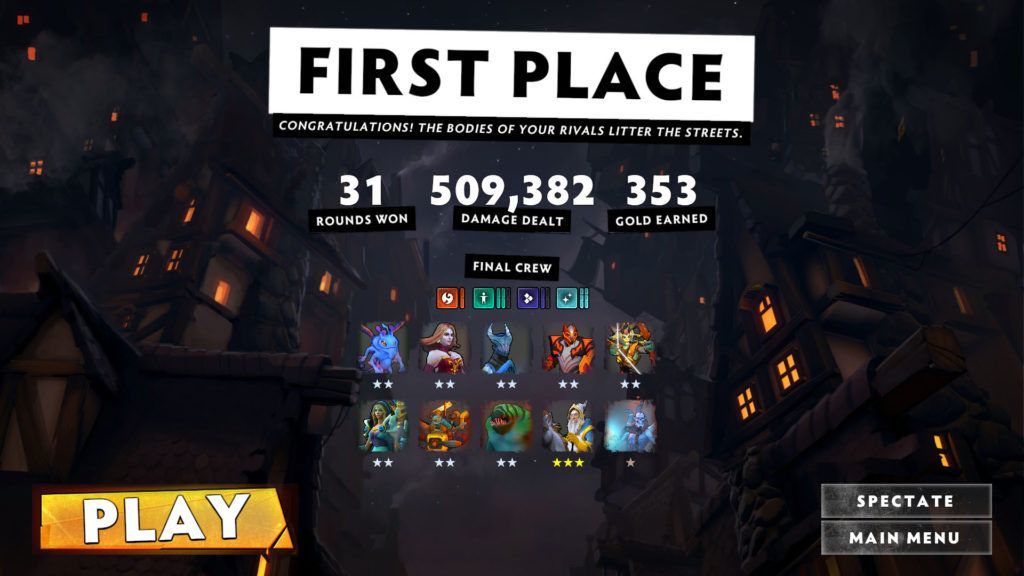
Screenshot by Samuel Chan/ONE Esports
Positioning
Another important facet of Underlords is how you position your heroes on the battlefield. With the correct positioning, you can turn the hardest of fights into an easy one.
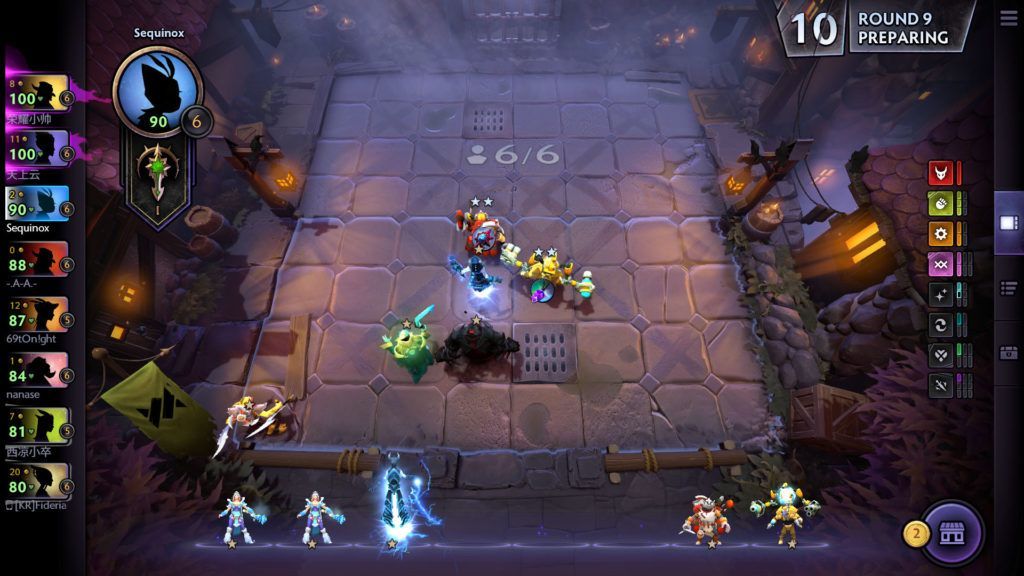
As we can see here, there are four rows available for heroes to be placed on the battlefield. The opposing team will approach you head on, which leaves the first row most open to harm’s way. In this case, heroes can be classified into four categories: Primary Tank, Secondary Tank, Primary DPS, and Secondary DPS.
Generally, you want your Primary Tank to soak up all the hits, which in this case is the Clockwerk. We’ve left him all alone in the front so that he draws attention from every direction possible.
A tip to counting the damage taken for each hero is by counting the squares open adjacent from the front to the hero, so Clockwerk here has five squares open to him.
Subsequently, we have our Secondary Tanks in the form of Necrophos and Tinker. Tinker has a high base armor, and you definitely want him to take some damage so that he gains mana to cast his ability.
In Underlords, heroes gain mana by dealing or receiving damage, but mana gained by receiving damage is usually more. It’s the same case for Necro, you want him to take some hits so that his healing actually goes off for the other heroes.
Next, we have the Primary DPS, which is Shadow Fiend here. We place him at the back since we want him to be the last to take any damage, and be able to deal free hits onto opposing heroes. As for Razor, our Secondary DPS is on the second row with Clockwerk and Tinker guarding him.
In terms of order of damage taken, it should be Clockwerk > Tinker > Necrophos > Razor > Shadow Fiend.
Bounty Hunter here is a special case, as he is an Assassin, so he will directly teleport to the enemy backline when the fight begins. He should only be exposed to harm once Clockwerk and Tinker are toast.
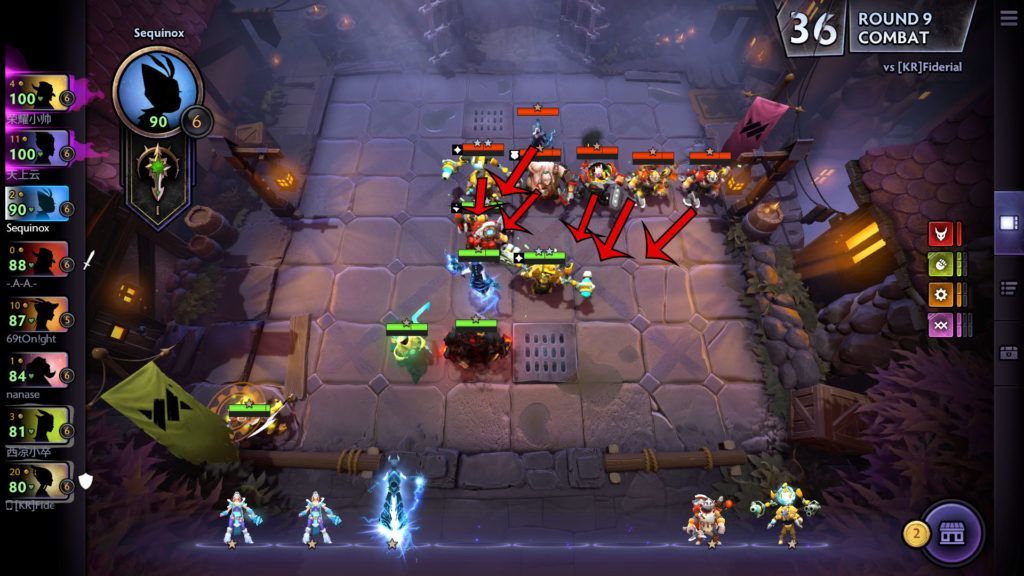
As we can see here, Tinker and Clockwerk have successfully drawn the attention of the opposing heroes, while Bounty Hunter will directly jump to the back of Drow Ranger.
The opponent for this round has opted to place all his units to one side of the map, therefore Necrophos seems slightly out of place here, but he does have a long attack range and is able to act as another form of DPS, but it is always better to prepare for a general scenario since there are seven other players in the lobby, each with their own setups.
Get to battling Upstarts!
Now that we have covered all the theories, it is time for you to take the knowledge to the battlefield. Do remember that the above are just guidelines for a general game plan, so do not be afraid to try things out.
As you experiment more, you will be able to peel away the layers of the game and improve. But be sure to take note of the pointers above to solidify your fundamental understanding of the Underlords.
Remember, economy is king, and let the riches bring you to the rank of Big Boss!
